

Nepal is a country in the Himalayas. Eight out of the ten highest mountains are located in Nepal. These highest mountains have evolved the most diverse ecosystem on the planet. To embrace this rich nature hundreds of thousands of trekkers come to Nepal every year. Over a hundred trekking trails lead to the base camps, glaciers, high passes, alpine meadows, lakes, and villages with ancient lifestyles and beliefs.
If you are looking for treks to go to the highest elevation, here are 10 treks that will lead you above 5000m.
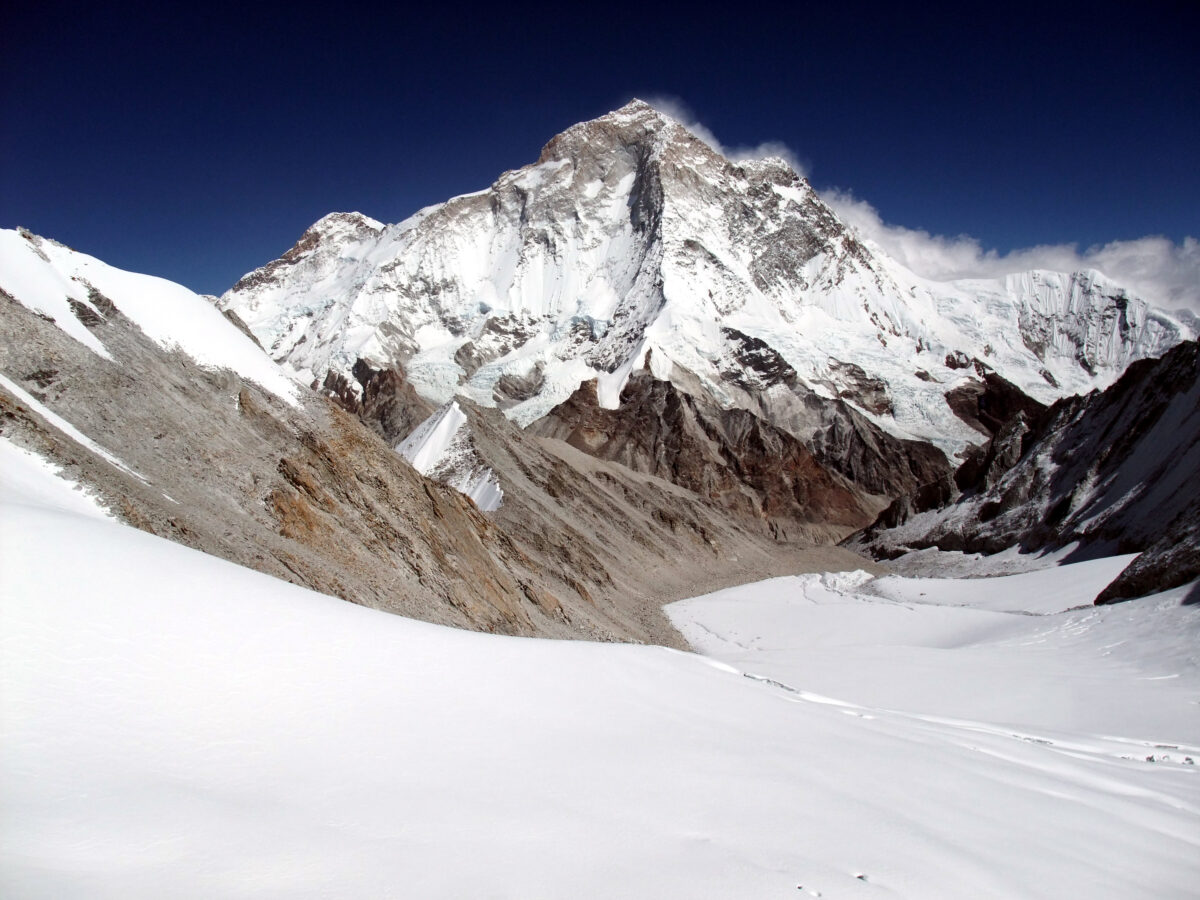
Makalu Sherpeni Col trek or the Ice Col trek is the most difficult trek to do in Nepal that offers an elevation gain of 6143m in the Sherpani Col. The col separates the Makalu and Sagarmatha national parks. Week-long camping is required to cross the strenuous section between the Makalu base camp and the Chukkung village. It takes almost 3 weeks to complete this trek.
The trek starts with a flight from Kathmandu to Tumlingtar airport in the Arun valley. Jeep drive to Num and the trail leads to the Makalu Barun national park and conservation area. The protected area got its name from the world’s fifth highest mount Makalu and Baruntse 7162m. You will trek through the villages inhabited by Rai and Limbu communities practicing Kiratism with their unique language, tradition, and costumes. After crossing mostly foggy and snowy Shipton La at an elevation of 4216m you will enter the exceptionally beautiful Barun valley. The trail follows along the Barun river through the alpine meadows to Makalu base camp. The trail heads further passing the Barun Pokhari at 5250m along the Barun glacier. You will pass the Sherpeni col just below the mount Baruntse and enter the hidden Hongku valley. From the valley, you will cross the Amphu Labtsa Pass at 5778m and get to the Chukkung village in the Everest region. From Chukkung you will trek back the popular Everest base camp route to Lukla for a flight back to Kathmandu.
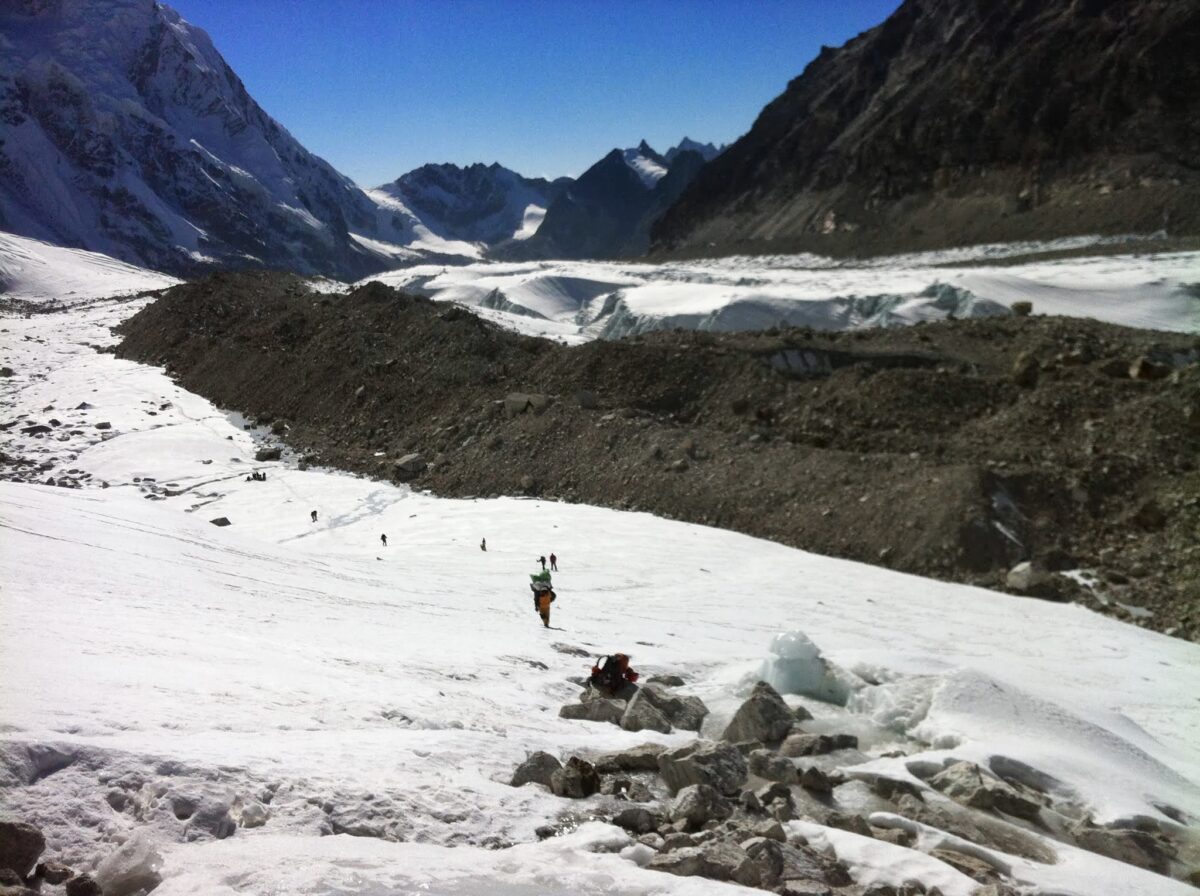
Tashi Lapcha Pass 5810m is the world’s second highest mountain pass after the Sherpani pass. It borders the Sagarmatha national park with the Gaurishankar national park. The pass can be crossed from either side starting from Lukla or Simigaon. Gaurishankar national park is dominated by the holy mountain Gaurishankar 7134m, its summit has been referenced for the official timezone of Nepal GMT +5:45 hours. The park is well known for the Tsho Rolpa lake at an altitude of 4580m, a glacial lake slowly eroding from the edges on the verge of explosion. The lifestyle of people in the Rolwaling valley hasn’t changed much over the decades. The region is inhabited mainly by the Sherpa communities. This trek requires 3 camping nights, the first night beside the Tsho Rolpa lake, the second night on the top of the Tsho Rolpa glacier, and the third night on the Tashi Lapcha pass. From the Tashi Lapcha pass, you may see people climbing the Pachermo peak 6187m. Rest of the days you will trek through the more touristic Sagarmatha national park through the village of Thame and Namche Bazaar concluding the trek in the Lukla airstrip.
This trek can also be extended to the Gokyo lakes and the Everest base camp for an additional one week. Check out Rolwaling and Everest Basecamp Trek.

A most popular destination for any trekker, the Everest base camp trek gives you an elevation gain of 5644m at the Kalapatthar summit. You can do this trek without any need for camping in less than 2 weeks. Trekkers often choose to fly in from Lukla, though it can also be done by taking a jeep drive to Jubing village and trekking additional 4 days.
Some of the beautiful mountains seen during the trek are Amadablam, Cho Oyu, Kangtega, Makalu, Tobuche, and Pumori. Mani walls, prayer flags, and yak herds are often encountered on the way. A must-do trek for any adventure seeker with excellent terrain and warm hospitality to rejuvenate your mind and body. There is also an internet facility in the Everest base camp so that you can share your epic moments right away with your loved ones. The tea houses and food are relatively standard to other trekking trails in Nepal.
This trek can be combined to include breathtaking Gokyo lakes for additional 3 days.
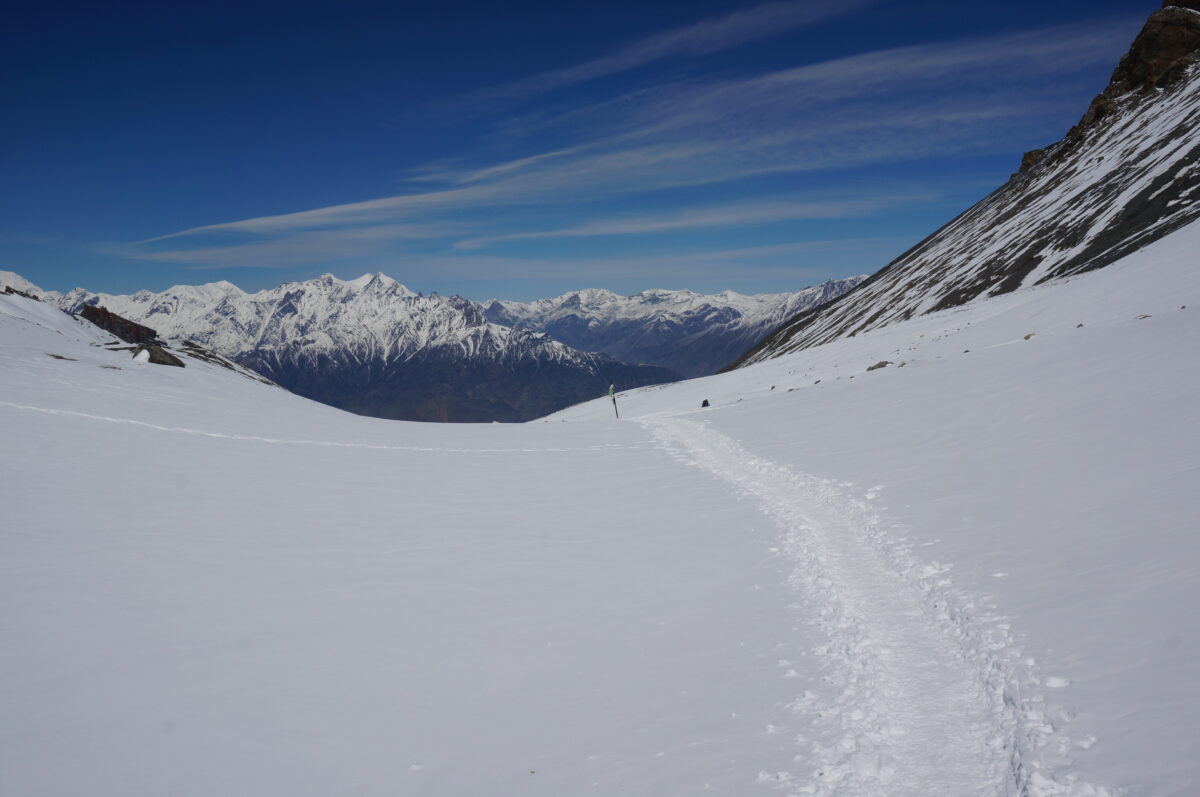
Annapurna circuit trek gives you an elevation gain of 5416m at the Thorong pass. The trek can be done in just about a week. It is the most popular trek to do in Nepal with awe-inspiring views of the Annapurna range, Hiunchuli, Nilgiri, and Dhaulagiri. The Thorong pass connects Manang and Muktinath regions. The pass can be crossed from either side but starting from Manang is relatively easy and gives better acclimatization. Manang has the best monasteries in Nepal. Manangis are indigenous people of this region with rich trading history and living Tibetan culture. The region is also inhabited by Bhotia, Tibetans, and Gurung communities. The Thorong pass can be done throughout the year but doing it during the winter needs walking in the snow. Crossing the pass you will get to the Muktinath valley, where lies the famous Vishnu temple Muktinath at an elevation of 3800m. The temple has been an ultimate pilgrimage site both for Hindus and Buddhists for over 2000 years. Devotees bathe in 108 freezing water sprouts to purify from sin and attain spiritual liberation. The region represents a melting point of Hinduism and Buddhism.
Annapurna circuit trek is best suited for excellent mountain views and high elevation gain in a shorter duration.
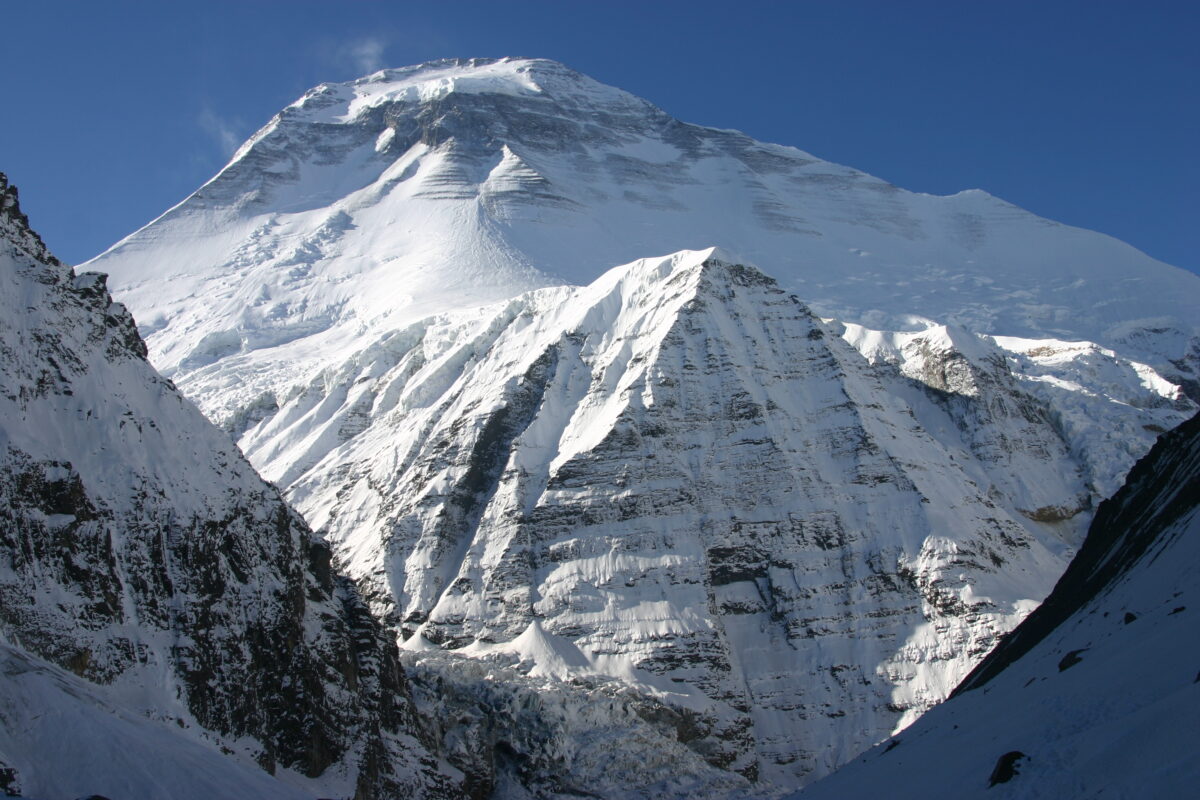
The Dhaulagiri circuit trek is a two weeks long camping mode trek where you will get an elevation gain of 5360m at the French pass and at least camp for 10 days. The major attraction of this trek is Mount Dhaulagiri and the hidden valley in between the French pass and Dhampus pass 5258. Mount Dhaulagiri is the world’s seventh-highest mountain scaling 8167m above sea level. Dhaulagiri translates to dazzling white and beautiful in Sanskrit. The mountain form’s the deepest gorge in the world Kaligandaki gorge with mount Annapurna 8091m.
The trek starts after driving from Kathmandu to the Shibang village in Myagdi. You will trek through the remote villages inhabited mostly by Gurung, Chettri, and Magar communities. The trail offers magnificent views of the mountains such as Gurja Himal 7193m, Dhaulagiri II 7751m, Tukuche 6920m, Nilgiri 7061m, Putha Hiunchuli 7246m, and the Annapurna range. The trek continues to the Italian base camp at 3660m through the dense oak, bamboo, and pine forest. Further trekking you will reach the Dhaulagiri base camp at 4748m. After acclimatizing at the base camp, you will cross the French pass, enter the hidden valley and cross the Dhampus pass finally descending through the alpine meadow to the Marpha village. You will see many apple orchards and wine distilleries in the village. From Marpha you will have an option to fly out or drive back to Kathmandu.
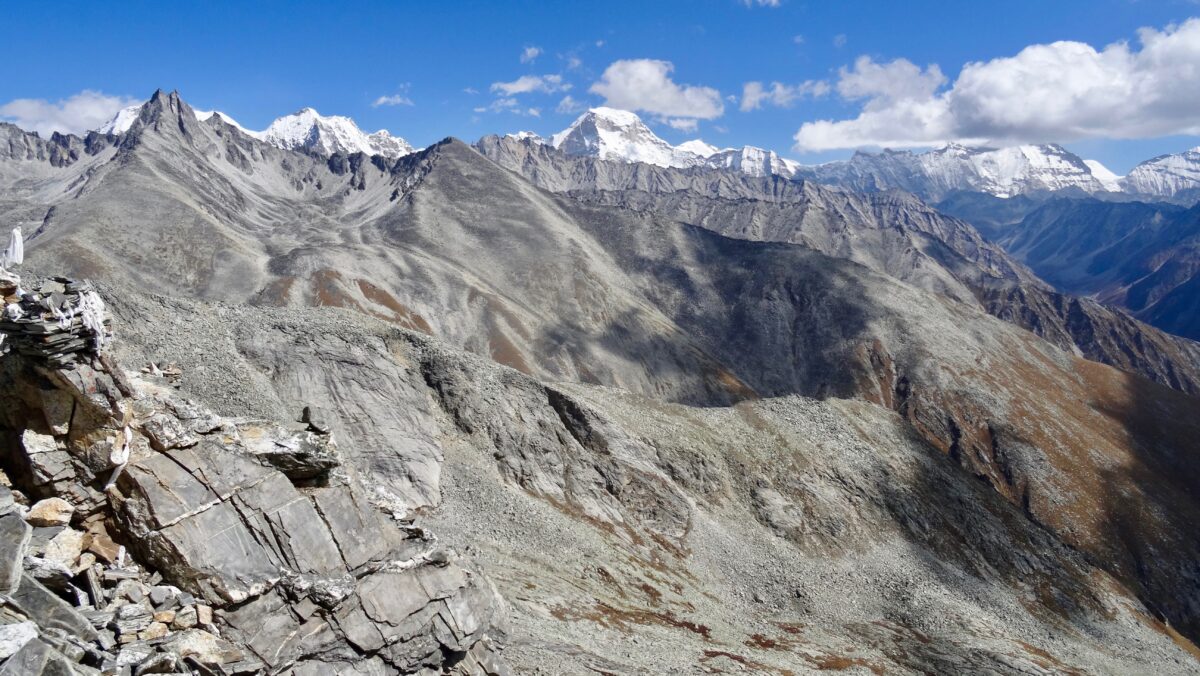
Upper Dolpo trek is a 3-week-long wilderness camping trek inside the Shey Phoksundo national park. Only opened in 1989 for the trekkers, you will need at least 2 people to get the permit for doing this trek. For half of the duration, you will be trekking over 4000m and gain the highest elevation at the Kangla Pass 5320m. The park got its name from the turquoise blue Shey Phoksundo lake surrounded by forests, rocky crags, and snow-capped peaks. Also, an 11th-century Shey Gompa is another attraction of the trek. Shey means crystal in the Tibetan language, the whole region is under the influence of Bonpo and Buddhist religion with several ancient monasteries in Dho-Tarap, Namgung, and Saldang villages. The Dho-Tarap village is the highest human settlement in Nepal at an elevation of 4080m.
Upper Dolpo is the most remote and less visited tourist destination in the Himalayas. The trek starts by taking a flight from Kathmandu to Nepalgunj and another flight to Juphal airport. From Juphal it is 4 days trek to the Shey Phoksundo lake and it takes another 3 days to reach the Shey Gompa and Crystal mountain crossing the Kangla Pass. The trail continues further through high-altitude Yak pastures, several villages, and monasteries and finally concludes in the Juphal airport circling the Shey Phoksundo national park.
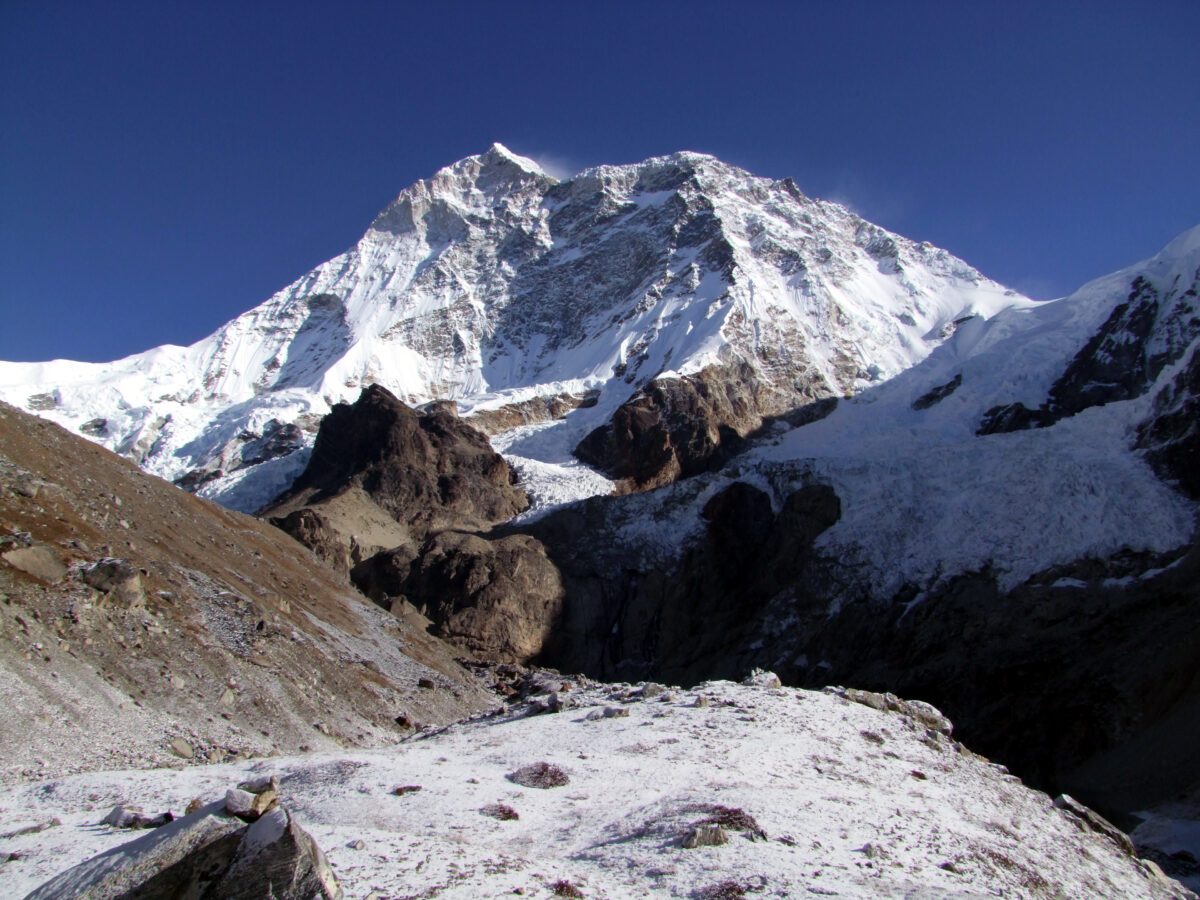
Makalu base camp trek gets you to the highest elevation of 5250 at the Barun Pokhari. This trek can be done in two weeks by staying in the tea houses. The park’s major attraction is the 46Km long Barun valley. Buddhist books consider this valley as one of the seven Shangrilla where life will be safe even in the case of global catastrophe and is filled with mystical powers.
The trek starts by taking a flight from Kathmandu to Tumlingtar airport following the jeep drive to Num village. From there you will cross the Arun river and ascend through the farm fields and settlements of the Rai and Limbu communities. The last village on this trek is Tashi Gaon. Trekking further up the village you will cross the Shipton la and get down to the Barun valley. The valley is rich with orchids, high waterfalls, alpine meadows, and the most pristine forest on earth. Relatively very few tourists go on this trek but the natural beauty seen on this trek may be the most rewarding for any trekker.
Makalu base camp trek can be further continued to Everest base camp via the Sherpani Col.

Kanchenjunga base camp trek is a 2 to 3 weeks long tea-house mode trek to the base camp of the 3rd highest mountain Kanchenjunga scaling 8586m above sea level. On this trek, you will get the highest elevation gain of 5143m in the northern base camp of Mount Kanchenjunga. Its southern base camp is at an elevation of 4890m with the world’s largest glacier Yalung with a 300m vertical face. The summit of Kanchenjunga is shared by Nepal and India. Minimum 2 persons are required to obtain the permits for trekking inside the Kanchenjunga conservation area. Kanchenjunga in Tibetan translates to “Five great snow treasures. The region is popular for 23 species of rhododendron trees. The popular mountains you will see inside the conservation area are Kumbhakarna 7710m, Kirat Chuli 7365m, Dhormo Peak 6881m, and Tengkoma Peak 6215m.
Like Dolpo, the region was only open to tourists since 1989. You will trek through the villages inhabited by the Rai and Limbu communities following the Kiran religion. The upper region is mostly inhabited by Tibetan and Sherpa communities.
The trek starts by taking a flight to Suketar airport in Taplejung. From there the trail passes along the Ghunsha river to the northern base camp. You may also take a trail from the Ghunsha village to the southern base camp. On you will have to cross four passes above 4000m. From the southern base, the camp trail follows back along the Simbuwa river and through the villages of Tseram, Yamphudin, and Lalikharka to Suketar airport.
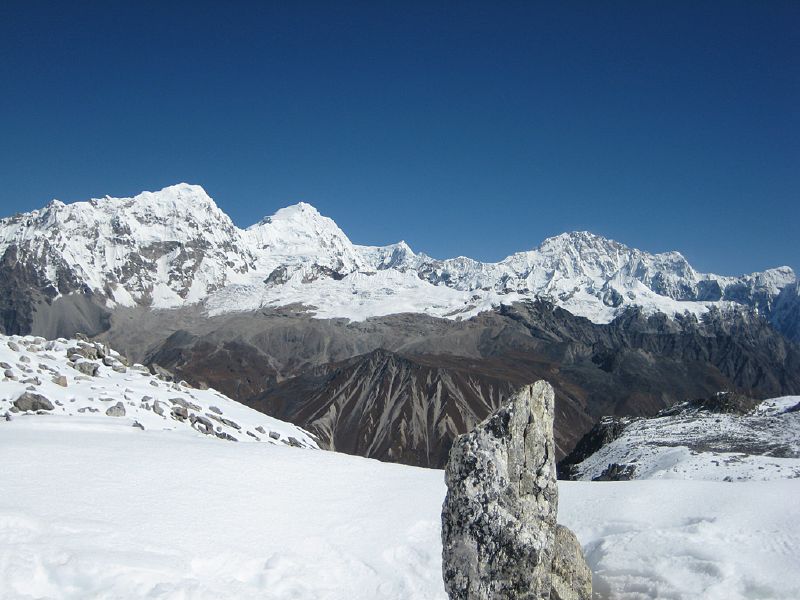
Langtang Ganjala pass trek is a two weeks long trek through the Langtang national park. The park got its name from the mountain Langtang Lirung with an elevation of 7234m. During the trek, you will get to the highest elevation of 5122m in the Ganjala Pass. The pass separates Langtang valley from Helambu valley. From the pass, you can get close-up views of mount Langtang and Shisapangma 8027m. Other mountains seen are Langtang Ri 7205m, Jugal 7050m, and Dorje Lhakpa 6966m.
Nepalese larch, the only deciduous conifer is found in this region. Over 700 years old Kyanjin monastery has been another sight attraction in the Langtang valley. The region is mostly inhabited by Tibetan and Tamang communities with rich and unique traditions. Langtang region is popular for its alpine pastures and Yak-herding. You may also spot several stone huts used in summer by the Shephards.
The Langtang Ganjala pass trek starts by taking a bus drive from Kathmandu to the Sybrubensi village. From there you will trek along the Langtang valley crossing several river streams and reach the Langtang village. You may climb the Tserko Ri and Kyanjin Ri before heading to the Ganga La pass. It takes 3 camping days to cross the pass and reach the Dhukpa village in the Helambu region. From there you descend further down to Melamchi village and get a bus drive back to Kathmandu.
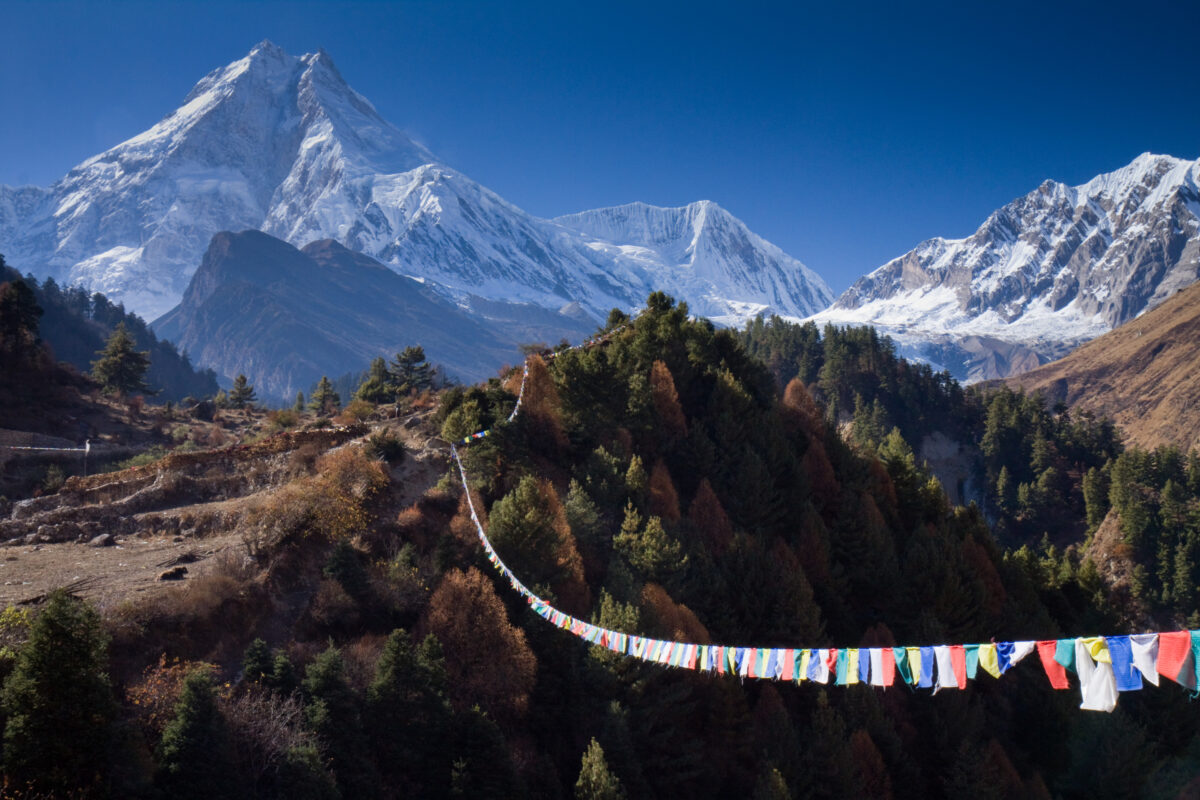
Manaslu circuit trek is a 2 weeks long tea house mode trek around the mount Manaslu scaling 8163m above sea level. You will get the highest elevation gain of 5105m at the Larke Pass. Since this is also one of the restricted regions you will need a group of at least two people to obtain the trekking permit. The 177 Km long trail follows an ancient salt trading route along the Budhi Gandaki river. On this trek, you will see 10 peaks over 6500m and a few over 7000m including the eighteenth-highest Himalchuli with an elevation of 7,893m. The major attractions of the area are high glacial lakes, Gurung villages, and rich biodiversity.
Manaslu circuit trek starts by taking a jeep drive to Machha Khola in Gorka district. From there the trail leads through the villages inhabited mostly by the Gurung communities. Through the misty alpine meadows accompanied by several river streams, you will cross the Larke Pass and descend to Bhimtang in the Marsyangdi valley. From Bhimtang you will follow an easy trekking trail to Dharmashala where you will catch a jeep drive back to Kathmandu.
AJZM3RQ5OC http://www.yandex.ru
F0N3IJWQ6IUK http://www.yandex.ru
K6H0DGLN8Z http://www.yandex.ru